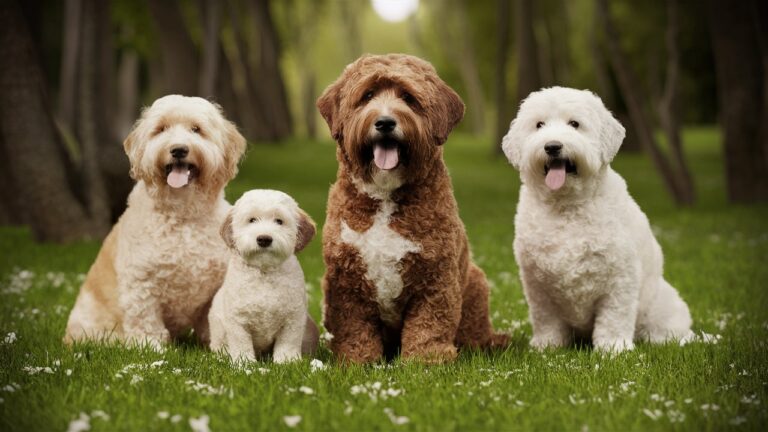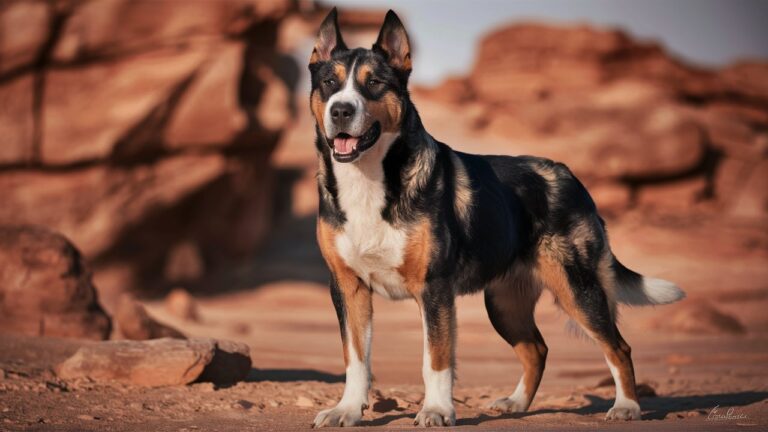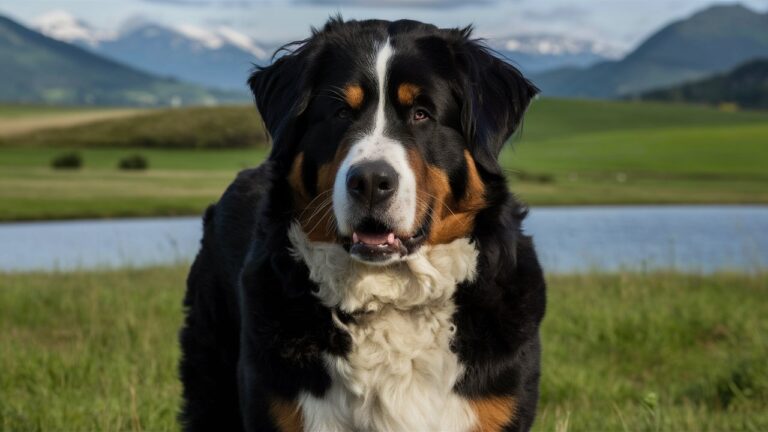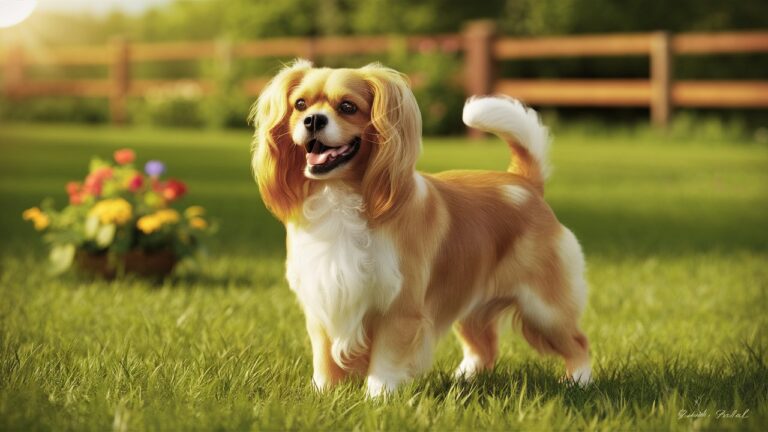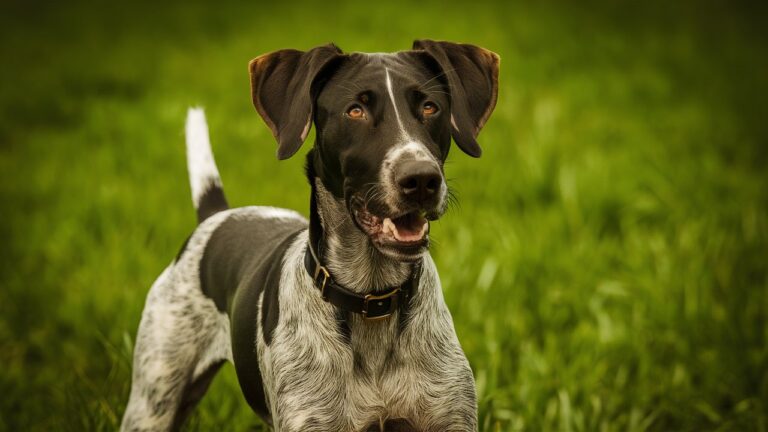Windsprite: 100% Graceful and Loyal Companion You Didn’t Know You Needed
Dog lovers know that some breeds are more than just pets—they’re lifelong companions, adventure partners, and sometimes even our emotional anchors. Among such breeds is the Windsprite, a lesser-known but charming and graceful dog that has stolen the hearts of many with its beauty, agility, and gentle nature. Whether you’re looking for a loyal family dog, a running buddy, or simply a furry friend with a lot of love to give, the Windsprite might just be the perfect fit for you.
In this article, we’ll dive into what makes the Windsprite unique, its history, personality traits, and what it’s like living with one. I’ll also share a personal story of how a Windsprite became part of my family, and why this breed holds a special place in our hearts.
1. A Brief History of the Windsprite
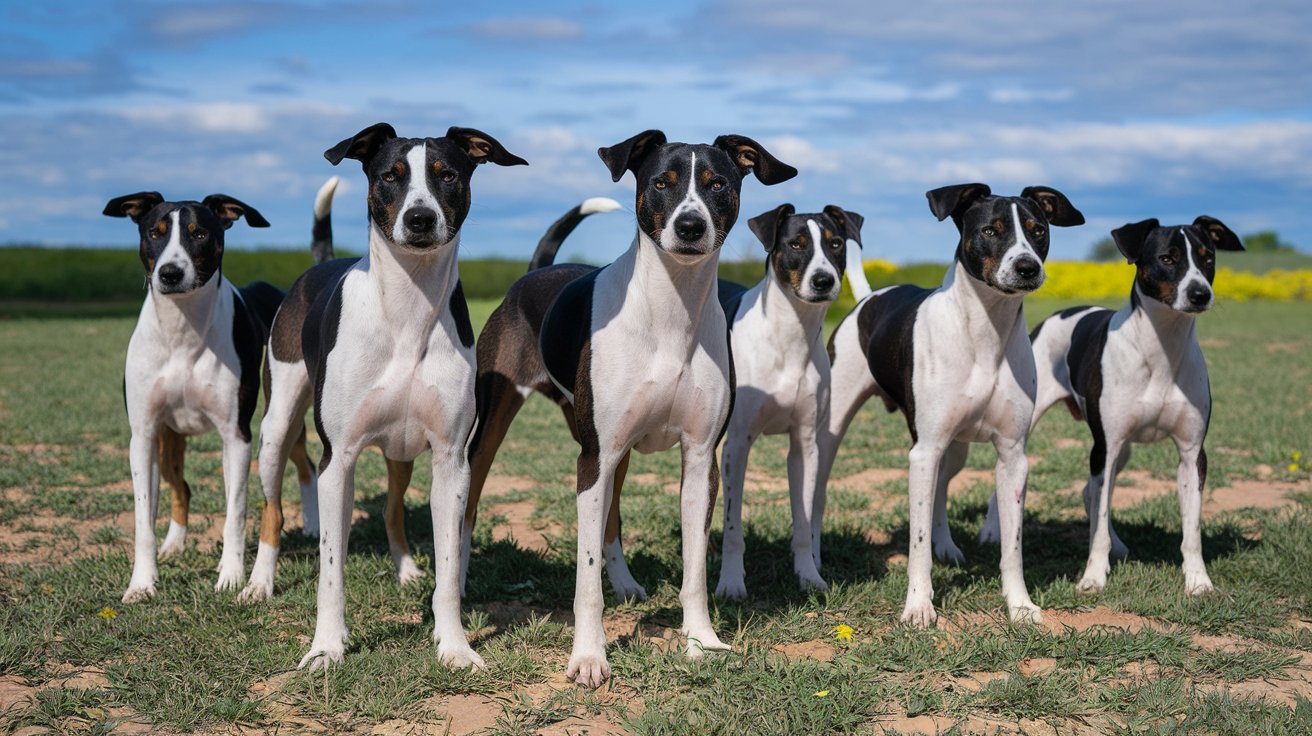
The story of the Windsprite is as intriguing as the breed itself, with roots that trace back to the 20th century. Known originally as the Longhaired Whippet, this breed shares much of its heritage with the short-coated Whippet, a popular dog recognized for its incredible speed and grace. However, the Windsprite’s development came from a specific vision held by one man, breeder Walter A. Wheeler, Jr.
In the early 1970s, Wheeler began selectively breeding his Whippets in pursuit of a dog that possessed the same elegance, speed, and versatility but with a longer, flowing coat. At the time, this was a bold endeavor because most Whippets were celebrated for their smooth coats and lean frames. Wheeler’s idea was to create a Whippet with a distinct, soft coat without losing any of the breed’s other desirable traits, such as athleticism, affection, and an adaptable temperament.
Wheeler’s breeding program quickly gained attention, and soon these longhaired variations became known as Windsprites. Although many enthusiasts still refer to them as Longhaired Whippets, there has been growing recognition that the Windsprite is its own distinct breed, with some organizations now accepting them under their own name.
One of the most fascinating aspects of the Windsprite’s development is the relative mystery surrounding its genetic origin. Some believe that other breeds, such as the Shetland Sheepdog, may have been introduced into the breeding pool to help produce the long-haired gene, but Wheeler himself never confirmed this. Whether the Windsprite came solely from Whippets or had some other long-coated breed in its ancestry remains a topic of speculation among breed enthusiasts.
While the breed hasn’t yet reached the same level of popularity as the Whippet, it has its own loyal following. Many fans of the Windsprite appreciate the breed’s unique blend of beauty, elegance, and affectionate nature, seeing it as a more distinctive option compared to its short-coated relatives. Over the past few decades, the Windsprite’s reputation has grown, particularly among those looking for a dog with both a refined appearance and a loving personality.
Windsprite Clubs and Recognition
Though the Windsprite is not yet recognized by all major kennel clubs, several breed organizations and enthusiast groups have been established to preserve and promote its distinct characteristics. The Windsprite Club of America, for example, has been instrumental in spreading awareness of the breed and establishing standards for breeding. Other smaller clubs around the world continue to work toward gaining official recognition for the Windsprite as a separate breed.
Despite the ongoing debates about its classification, the Windsprite’s growing popularity can be attributed to its exceptional qualities. The breed’s graceful build, loyal demeanor, and soft, flowing coat make it an appealing choice for many dog lovers who want something slightly different from the standard Whippet.
Why the Name “Windsprite”?
The name “Windsprite” perfectly captures the essence of this breed. Like the wind, these dogs are swift, light, and graceful. The “sprite” part of the name reflects the dog’s lively, almost ethereal quality, as they seem to float effortlessly as they run. For owners, the Windsprite represents an ideal balance between physical beauty and loving companionship.
2. Temperament: A Sweet and Gentle Soul
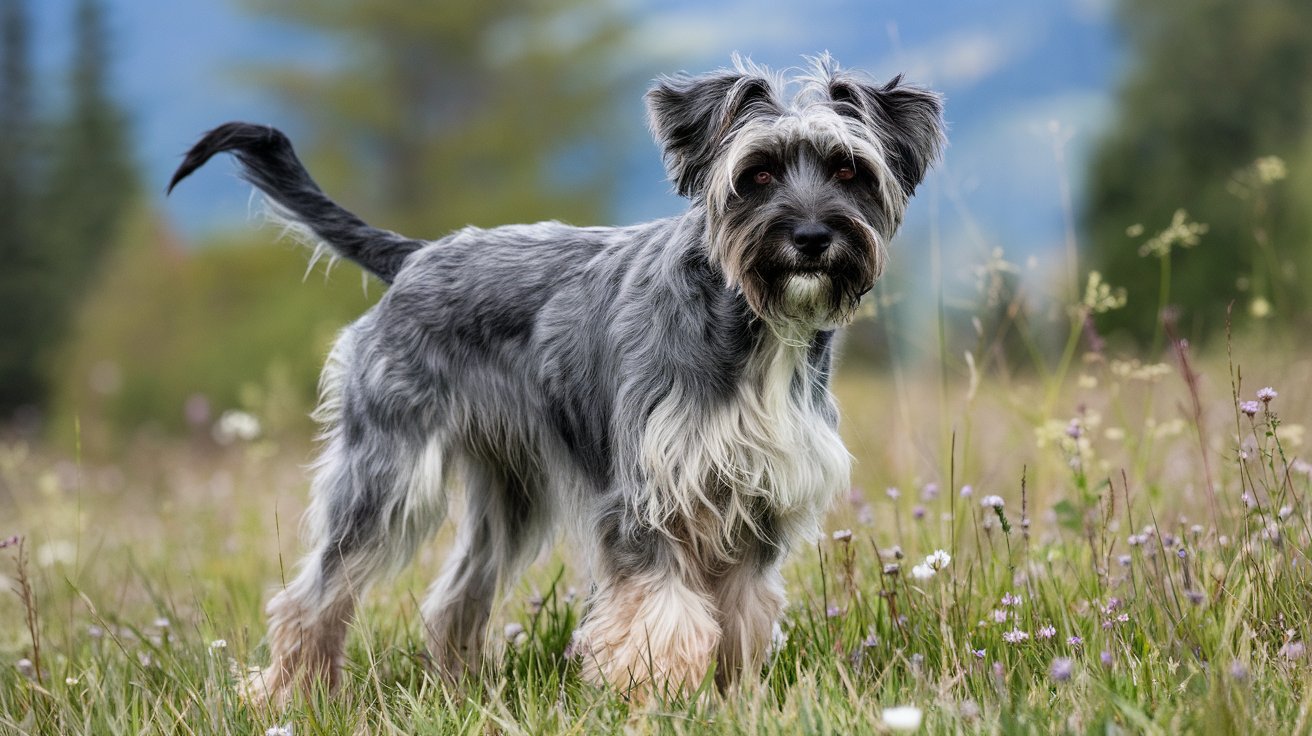
The Windsprite’s temperament is one of its most endearing qualities. If you’re seeking a dog with a gentle spirit and a heart full of love, the Windsprite will not disappoint. They are often described as being soft-natured, calm, and incredibly intuitive, which makes them perfect companions for families, couples, or even single individuals.
Unlike some high-energy breeds that demand constant stimulation, Windsprites have a unique balance between playfulness and tranquility. They love their bursts of outdoor fun—whether it’s a run in the park or a spirited game of fetch—but when the action dies down, they are more than happy to curl up beside you, content to relax for hours.
One thing that makes the Windsprite stand out is their strong emotional intelligence. They seem to have an uncanny ability to read the emotions of their owners, responding in a way that’s both supportive and comforting. I remember a particularly challenging week when I was overwhelmed with work and life responsibilities. Max, our Windsprite, picked up on it immediately. He would quietly lay at my feet while I worked long hours, occasionally looking up at me as if to say, “I’m here if you need me.” There was no demand for attention—just his gentle presence, which helped me get through those stressful days.
Affectionate by Nature
Windsprites are known to be very affectionate, forming deep bonds with their human family. They thrive on human interaction and will often follow their favorite person around the house, wanting to be involved in whatever you’re doing. Whether you’re cooking in the kitchen, relaxing on the couch, or working from home, you can expect your Windsprite to be close by, always keeping an eye on you with their soft, expressive eyes.
This breed has a reputation for being a “velcro dog,” and for good reason. Their attachment to their family can be almost clingy, but in a way that’s heartwarming rather than overwhelming. Windsprites don’t just see you as their owner—they see you as part of their pack, and they want to be near you as much as possible. This makes them fantastic companions for those who appreciate a dog that is constantly by their side.
Great with Children and Other Pets
Because of their kind and patient temperament, Windsprites are excellent with children. They tend to be gentle and non-aggressive, making them a safe choice for families with young kids. Their soft demeanor means they are not easily startled or agitated by the chaos that sometimes comes with children running around or playing.
One thing that stood out to me when Max first joined our family was how careful and gentle he was with my younger niece, who was just learning how to interact with dogs. She’d pull at his fur or tug on his ears in her toddler clumsiness, and he would patiently sit there, never showing a hint of frustration. In fact, he seemed to enjoy the attention, wagging his tail and offering kisses in return. I couldn’t have asked for a better dog to be around small children.
Windsprites also tend to do well with other pets, particularly other dogs. They are naturally sociable animals and can enjoy the company of another canine companion, especially if they are raised together. However, given their sighthound instincts, smaller animals like cats or rabbits may trigger their prey drive, so introductions should be done carefully. With proper socialization, though, many Windsprites live harmoniously with smaller pets.
Adaptable and Easy-Going
Another key characteristic of the Windsprite is its adaptability. Whether you live in a city apartment or a house with a large backyard, this breed can adjust to your lifestyle quite easily. While they do need regular exercise and enjoy outdoor activities, they are not as high-energy or demanding as some other athletic breeds. A good run in the yard or a daily walk is often enough to satisfy their need for activity.
At home, Windsprites are calm and peaceful. They don’t tend to bark excessively or become hyperactive indoors. Their quiet, easy-going nature makes them a wonderful option for those who prefer a more relaxed dog but still want an active companion when the occasion calls for it. For people who work from home or those who like a peaceful household, a Windsprite’s presence can add calmness without the chaos that sometimes comes with more excitable breeds.
Intuitive and Sensitive
Windsprites are not only physically graceful but emotionally sensitive as well. This sensitivity is a double-edged sword. On one hand, it means they are very in tune with their owners’ emotions, often comforting them when they sense stress or sadness. On the other hand, they can be quite sensitive to negative reinforcement or harsh treatment. Windsprites respond best to positive, gentle training methods and can become anxious if treated too harshly.
During training, you’ll find that the Windsprite is eager to please, intelligent, and relatively quick to pick up new commands. However, they require patience and positive encouragement. They are not the type of dog that will respond well to a stern voice or punishment-based training techniques. Instead, they thrive on praise, treats, and gentle guidance. This sensitive temperament makes them especially well-suited for compassionate and patient owners.
3. Exercise Needs: Ready for Adventure
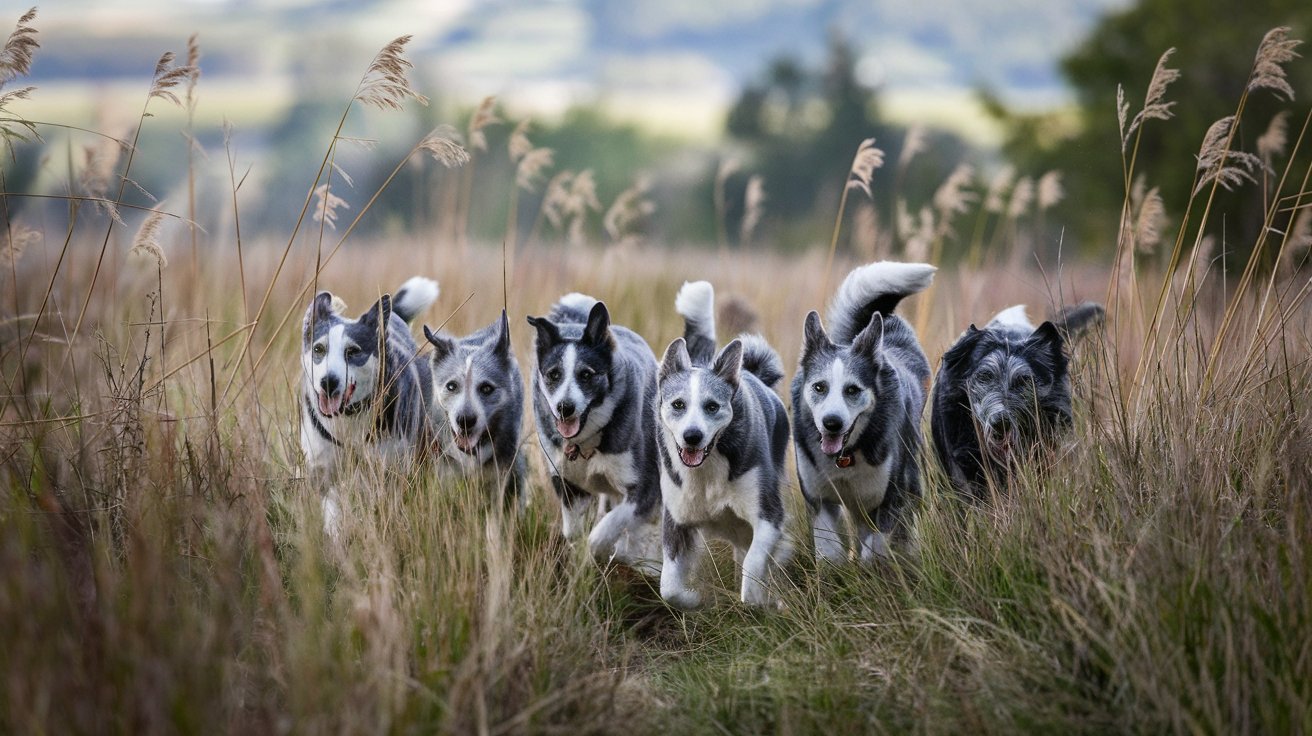
The Windsprite, like its Whippet ancestors, is a sight hound. This means that they have a high prey drive and a natural love for running. If you’re an active person, this breed will fit right in with your lifestyle. Windsprites excel in activities like hiking, jogging, and even dog sports such as agility or lure coursing.
One memorable moment I had with Max was during a beach vacation. I let him off the leash for a quick run, and within seconds, he was zipping across the sand like a rocket. Watching him sprint at full speed, wind in his fur, was an awe-inspiring sight. His agility and joy in running reminded me that, although he’s a wonderful companion at home, he’s also a born athlete who thrives in open spaces.
However, it’s important to note that despite their love for running, Windsprites are also perfectly happy to be couch potatoes when indoors. They don’t need excessive amounts of exercise, making them adaptable to both active and less-active homes.
4. Grooming and Care: Low Maintenance Despite the Fluffy Look
You might think that a dog with a longer coat like the Windsprite would require frequent grooming, but surprisingly, they are relatively low maintenance. Their coats are soft and silky, but they don’t shed much, and a weekly brush is usually enough to keep them looking neat and free of mats. Unlike some other long-haired breeds, Windsprites don’t tend to develop the tangles or knots that require constant grooming.
Max, with his luxurious coat, has always been a breeze to care for. His weekly grooming sessions were less about the necessity and more about bonding. He’d sit calmly as I brushed through his fur, often leaning into the brush as if to say, “Keep going, I’m enjoying this.” That calm demeanor is one of the things that makes Windsprites such enjoyable pets to be around.
Health-wise, Windsprites are generally robust, but as with any breed, there are some things to watch out for. They can be prone to certain genetic conditions like hip dysplasia or heart issues, but with regular check-ups and a healthy lifestyle, most Windsprites live long, happy lives. Make sure to work with a reputable breeder who screens for common health issues.
5. Is the Windsprite the Right Dog for You?
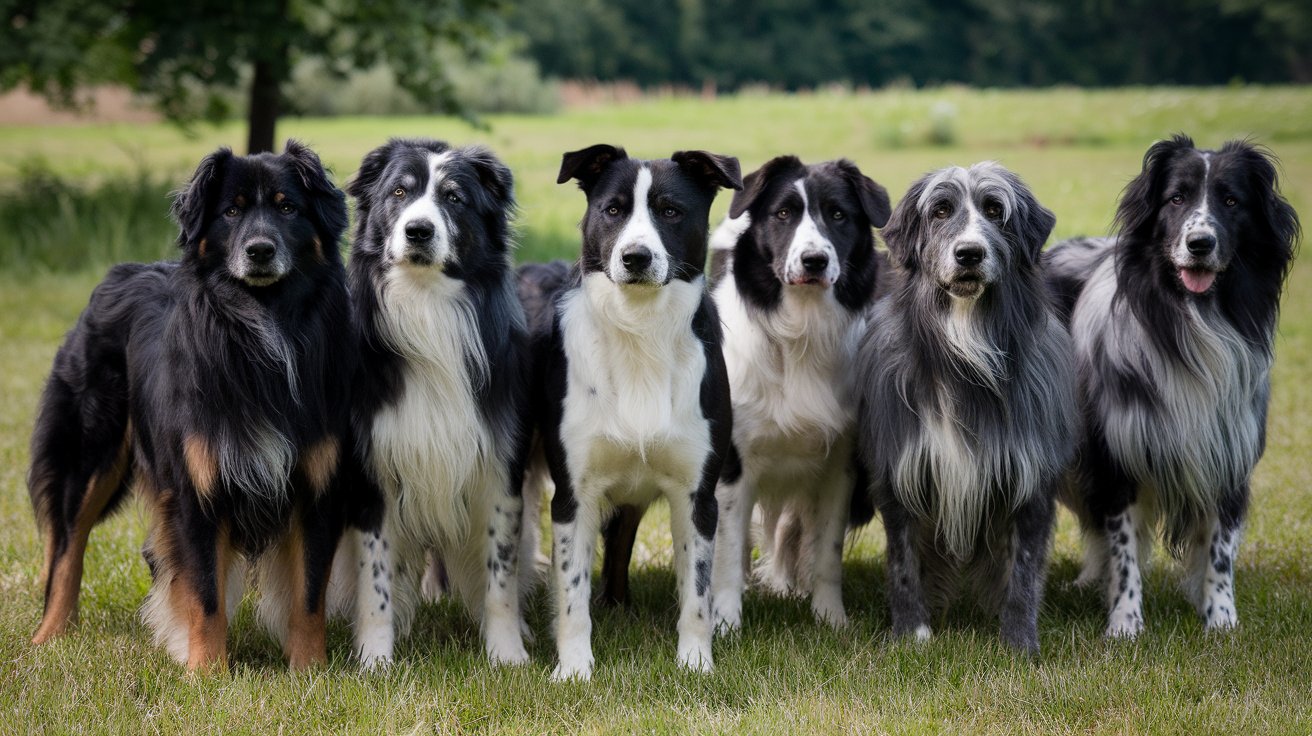
Choosing the right dog breed is a deeply personal decision that depends on your lifestyle, preferences, and expectations. The Windsprite, with its gentle and affectionate nature, can be a fantastic companion for the right person or family, but like any breed, it comes with specific needs and characteristics that may or may not suit every household. Here’s what to consider before bringing a Windsprite into your life.
1. Your Activity Level
The Windsprite is a highly versatile breed that thrives on balance. As a sight hound with roots in the athletic Whippet family, they love to run and exercise, making them perfect for an active person or family. Whether it’s a game of fetch, an afternoon jog, or a long hike through the woods, the Windsprite will be by your side, reveling in the chance to stretch its legs.
However, don’t be fooled into thinking they need hours of exercise every day. Windsprites are sprinters, not marathon runners. They enjoy bursts of energy followed by long periods of rest. In fact, after a good run, you’ll likely find your Windsprite happily lounging on the couch, fully embracing their role as a “couch potato.” If you have an active lifestyle but also enjoy quiet evenings, this breed might fit perfectly into your routine.
That being said, if you’re looking for a dog that will keep up with hours of high-intensity exercise every day, the Windsprite may not be ideal. They love running, but they also love their downtime.
2. A Loyal and Affectionate Companion
One of the Windsprite’s most defining characteristics is its loyalty and affection towards its family. These dogs are deeply attached to their owners and are often described as “velcro dogs” because of how closely they stick to their humans. If you’re the type of person who enjoys having a constant companion by your side—whether you’re working from home, cooking in the kitchen, or relaxing in the living room—the Windsprite will happily oblige.
However, this close bond means that Windsprites are not fans of being left alone for long periods. They can suffer from separation anxiety if left on their own too often or for too long. If you have a job that requires long hours away from home, or if you live in a busy household where the dog might not get much one-on-one attention, you might need to reconsider whether a Windsprite is the best fit.
For those who work from home or have a flexible schedule, the Windsprite will become a loyal shadow, offering companionship and affection. My Windsprite, Max, follows me around the house all day, and there’s something so comforting about his quiet presence. Whether I’m working at my desk or relaxing on the couch, he’s always nearby, and I never feel alone.
3. A Calm and Gentle Personality
If you’re looking for a dog that’s great with children, the Windsprite’s calm and gentle nature makes it an excellent choice. They are patient and sweet with kids, making them a good fit for families. Unlike some high-energy breeds that may be too rambunctious around young children, Windsprites tend to be more graceful and mild-mannered, offering companionship without overwhelming younger members of the household.
However, because of their gentle disposition, they might be more suited to slightly older children who understand how to handle dogs respectfully. Windsprites can be sensitive, so a calm environment where they are treated kindly is best. If your home is very loud or chaotic, you might want to consider if that atmosphere is suitable for a Windsprite.
4. Living Space: Apartment or House?
Despite their athleticism, Windsprites don’t need a large yard or open space to be happy. As long as they get daily exercise and have a chance to run in a secure area, they can adapt well to apartment living. This makes them an ideal choice for people living in urban environments, provided you can meet their exercise needs with regular walks and trips to the dog park.
Max has been perfectly content living in a small home with limited outdoor space. As long as he gets his daily walks and a few good runs at the park, he’s more than happy to curl up indoors for the rest of the day. Their calm demeanor indoors makes them great for smaller living spaces.
If you do have a yard, make sure it’s securely fenced. Windsprites, like other sight hounds, have a strong prey drive, and they may dart after small animals if given the chance. Once they spot something worth chasing, their speed can make it hard to catch up with them!
5. Training and Socialization
Windsprites are intelligent and eager to please, which generally makes them responsive to training. However, as sight hounds, they can sometimes be independent and easily distracted by their surroundings, especially outdoors. Early and consistent training is key to ensuring they learn good recall and basic obedience commands.
While Max has always been a quick learner, I noticed that his recall outside wasn’t as sharp as it was indoors. Once something caught his attention—like a squirrel or a bird—it was hard to get him to focus on me again. That’s why I made sure to practice recall commands with him regularly, especially in distraction-filled environments. With patience and positive reinforcement, Dog this breeds can learn to be well-behaved companions, both at home and in public.
Socialization is equally important. This breed tend to be friendly and good-natured with other dogs and people, but like any breed, early socialization helps ensure they grow up to be confident and well-adjusted. Exposing them to different sights, sounds, and experiences from a young age will help them become more comfortable in new environments.
Final Thoughts
Dog this breeds may not be a household name like the Labrador Retriever or Golden Retriever, but once you’ve experienced the love and grace of this breed, you’ll wonder why they aren’t more popular. They offer the perfect blend of athleticism, loyalty, and affection, making them fantastic companions for both individuals and families.
In our home, Max has become much more than just a pet. He’s a calming presence during stressful times, a running buddy on weekend adventures, and a source of endless love and loyalty. If you’re considering bringing a Windsprite into your life, be prepared for a bond that will run deep and last a lifetime.
